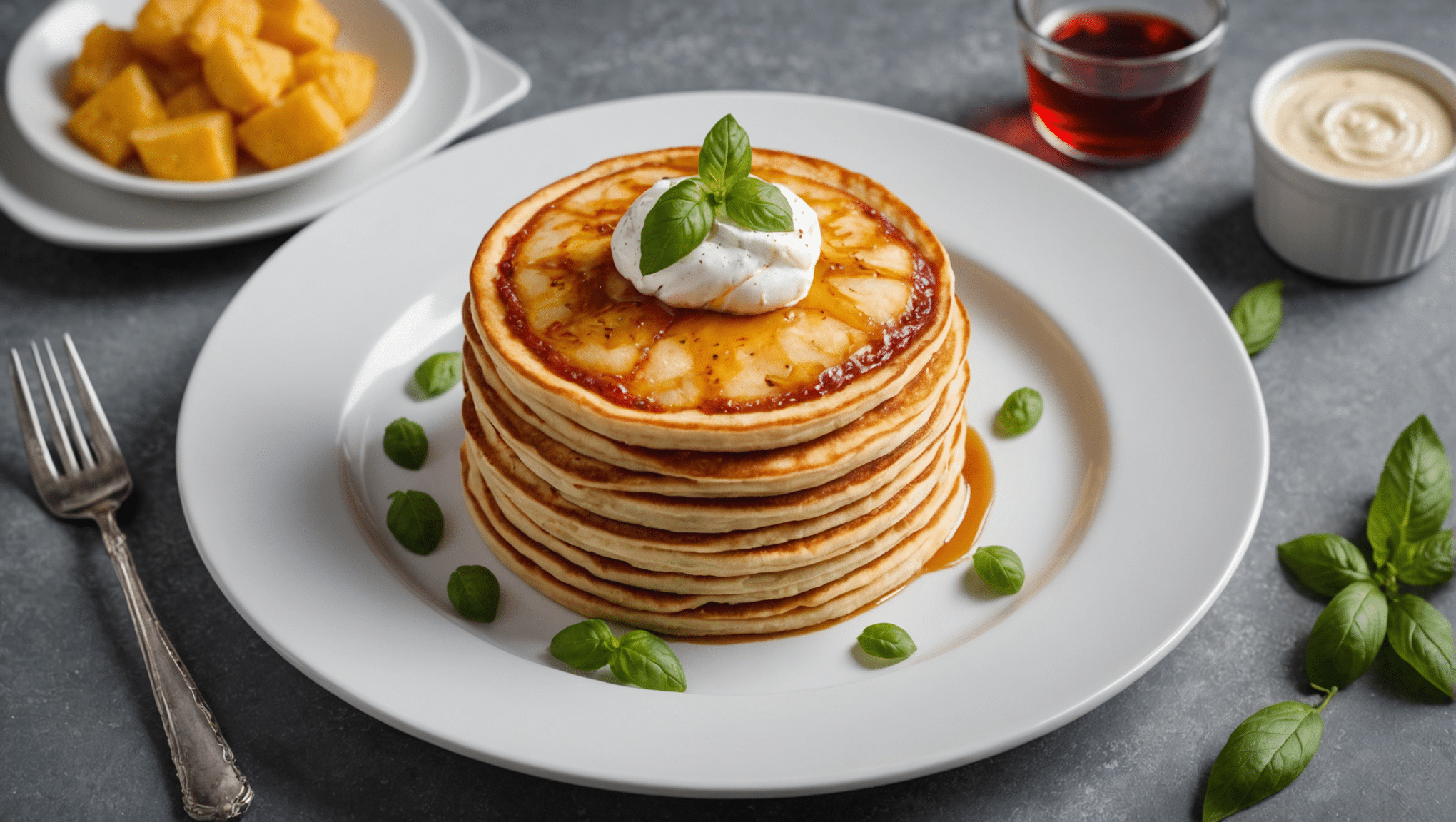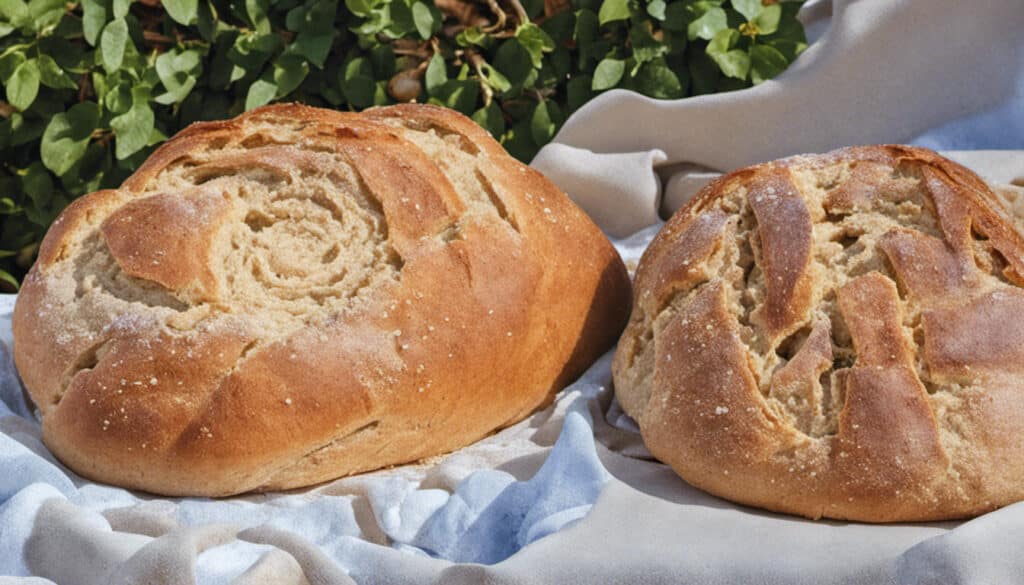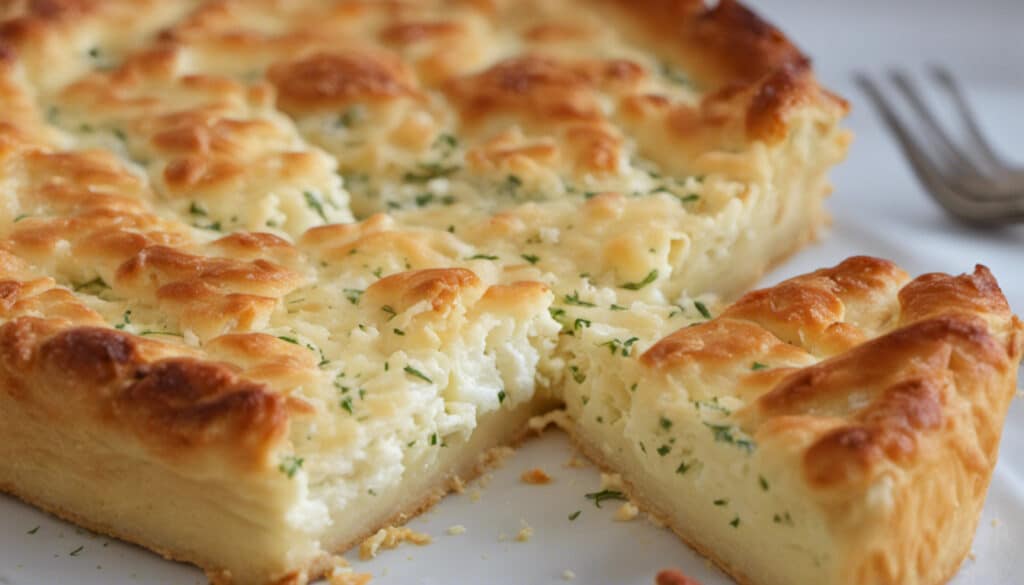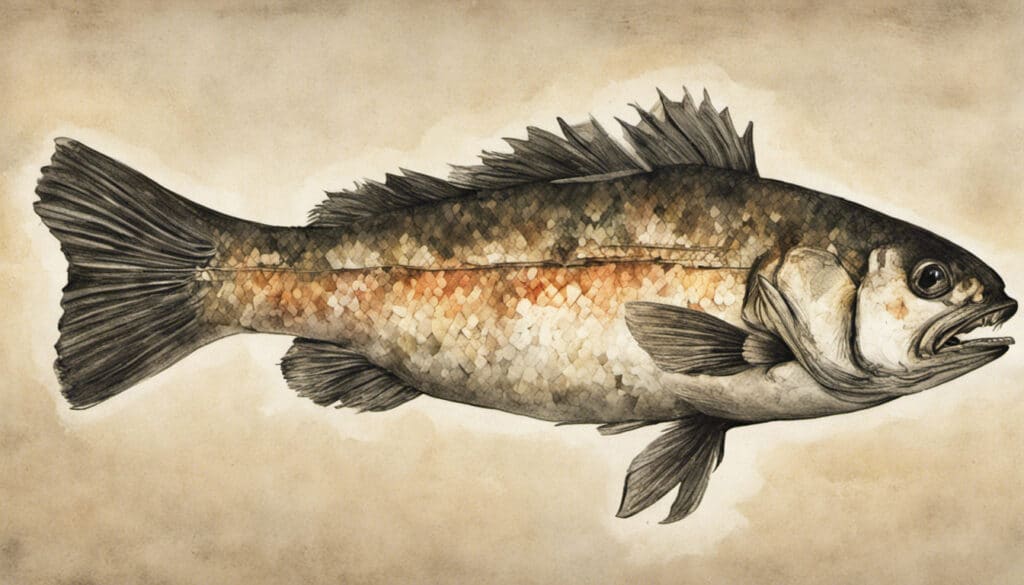| Prep: 15 mins | Cook: 20 mins | Difficulty: Easy | Serves: 6 |
| kcal | fat | saturates | carbs |
| 180 | 8g | 1.5g | 10g |
| sugars | fibre | protein | salt |
| 2g | 1g | 16g | 0.6g |
Why I Love Greek Ψαροκεφτέδες
There’s something extraordinary about the way certain recipes bridge geographical and cultural divides. Today, I’m delighted to share with you a recipe close to my heart: Ψαροκεφτέδες. When I first encountered this Greek fish fritter, it was love at first bite. The combination of fresh herbs, fragrant lemon zest, and tender white fish encapsulated the very essence of Mediterranean cuisine.
Connecting Coasts
Raised amidst the lush, evergreen backdrop of Seattle, I grew up with the bounty of the Pacific Northwest at my fingertips. Fresh seafood was not just a treat but a staple in our household. This Greek dish, Ψαροκεφτέδες, conjures the same feelings of comfort and familiarity that I get from a hearty bowl of clam chowder or a succulent piece of Pacific salmon.
Yet, it’s the method and the ingredients that distinguish it so profoundly. The combination of dill and parsley brings forth an aromatic brightness, while the lemon zest adds a zippy note that elevates the dish from simple to sophisticated. It’s interesting how the humble fish fritter can transport you from the misty shores of Washington to the sun-soaked beaches of Greece.
An Homage to Simplicity and Flavor
What I love most about Ψαροκεφτέδες is that it relies on fresh, simple ingredients to create something magical. The finely chopped onion and the minced garlic contribute a savory depth, whereas the breadcrumbs and egg bind the mixture together with a pleasing texture. Every element works in harmony, much like the delicate balance found in Jamie Oliver’s delightful fish cake recipes, which initially inspired me to experiment with variations of fish-based dishes.
This recipe also shares similarities with Japanese fish dishes like tempura, where the simplicity of the method allows the freshness of the seafood to shine through. The Ψαροκεφτέδες pairs wonderfully with a simple Greek salad or alongside a plate of tabbouleh. Or, if you’re feeling a bit more adventurous, you might consider serving them as an appetizer leading up to a main course of grilled octopus or moussaka.
As someone who frequently traverses between culinary traditions and geographies, Ψαροκεφτέδες gives me the invaluable pleasure of enjoying the best of both worlds. I hope this dish brings as much joy to your table as it does to mine. Feel free to experiment with the herbs and the choice of fish to make it your own, and share it with loved ones over stories of travel, culture, and the universal language of good food.
What You’ll Need
- 1 lb of white fish fillets (such as cod or haddock), skinless and boneless
- 1 medium onion, finely chopped
- 2 cloves of garlic, minced
- 1/2 cup of fresh parsley, chopped
- 1/2 cup of fresh dill, chopped
- 1/2 cup of breadcrumbs
- 1 large egg
- Zest of 1 lemon
- 1 tsp of dried oregano
- Salt and pepper to taste
- 1/2 cup of all-purpose flour, for dredging
- Vegetable oil, for frying
- Lemon wedges, for serving
Method
Step One
Rinse the white fish fillets under cold water and pat them dry with paper towels. Cut the fillets into small chunks and place them in a food processor. Pulse until the fish is finely chopped but not a paste.
Step Two
In a large mixing bowl, combine the finely chopped fish, onion, garlic, parsley, dill, breadcrumbs, egg, lemon zest, dried oregano, salt, and pepper. Mix until all the ingredients are well incorporated.
Step Three
Using your hands, form the mixture into small balls or patties about the size of a golf ball. Place them on a baking sheet lined with parchment paper.
Step Four
Place the all-purpose flour in a shallow dish. Lightly dredge each fish ball or patty in the flour, shaking off any excess.
Step Five
In a large skillet, heat about 1/2 inch of vegetable oil over medium-high heat until it reaches 350°F (175°C). Fry the fish balls or patties in batches, being careful not to overcrowd the skillet. Cook for about 3-4 minutes on each side, or until they are golden brown and cooked through. Use a slotted spoon to remove them from the oil and place them on a plate lined with paper towels to drain excess oil.
Step Six
Serve the Ψαροκεφτέδες hot, garnished with lemon wedges. Enjoy!




